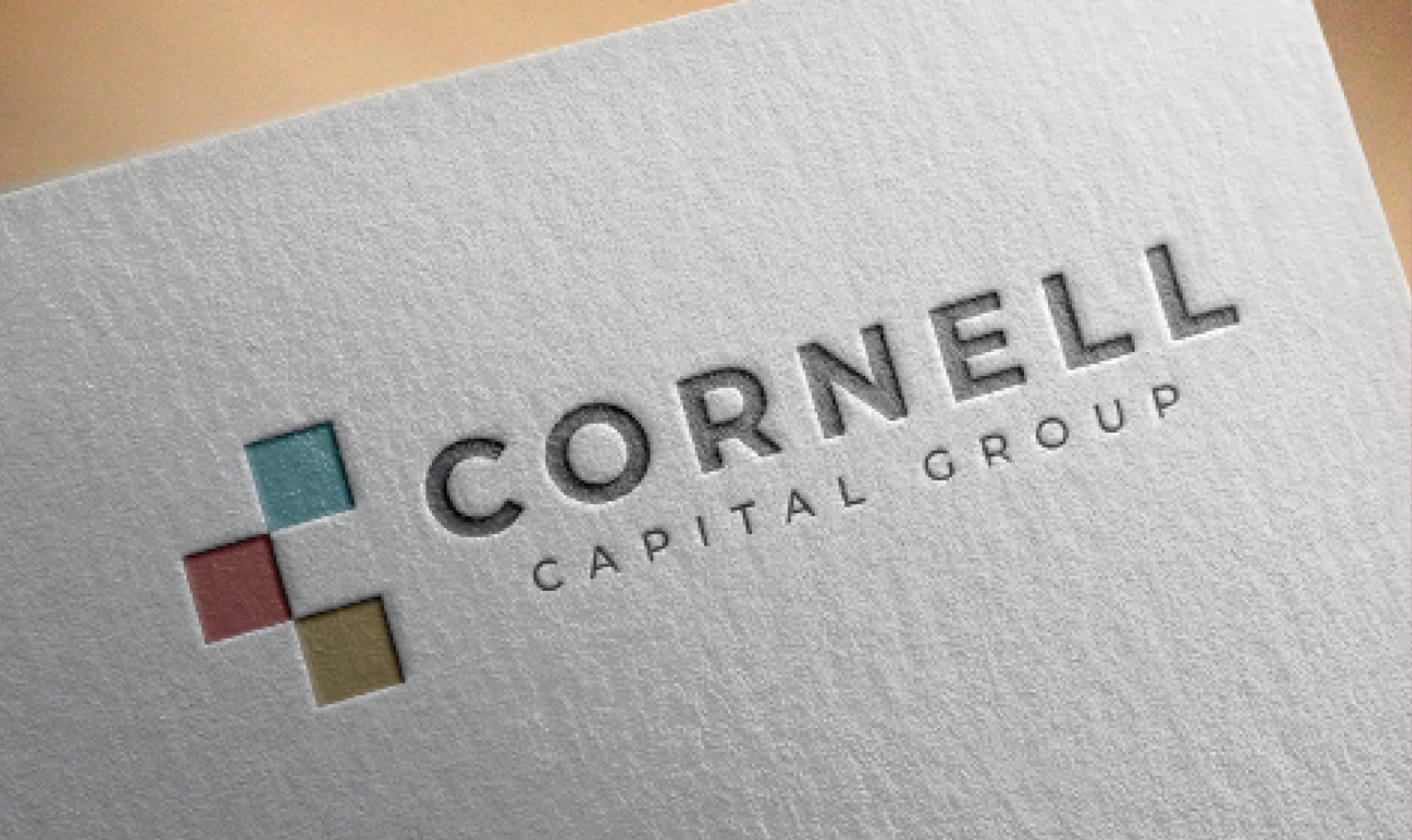The Continuing Market Melt-up The third quarter sustained the upward momentum in the market, which…
Yes, It’s a Bubble, So What?
A company is never so good or a situation so favorable that it cannot be overpriced. In my view, that is our situation today. The pricing of many companies and the market generally suggests a bubble. The questions are why to I reach that conclusion and what should investors do if I am right? This article starts a series of posts addressing the issue.
The word “bubble” is thrown around carelessly and often, but it has no formal definition. Let’s try. I define a bubble as asset pricing that exceed the present value of any reasonable projection of expected cash future flows, thereby offering little chance of any positive risk premium relative to bonds or cash. I might add the provision that the pricing is sustained because investors believe that they can sell the asset to someone else for a higher price tomorrow, more or less regardless of the fundamentals. In order to apply the term “bubble,” I need to strongly believe that this definition applies. Borderline calls don’t qualify.
Most academics, especially adherents of neoclassical finance, will dismiss our arguments. Even practitioners will assuredly be split on the topic (after all, for every seller, there’s a buyer!). That said, Vernon Smith won his Nobel Prize in part for his demonstrating irrationality in markets, including bubbles and crashes, even in laboratory situations where valuation uncertainty was carefully controlled.
Are we in a bubble today? Reasonable observers can disagree, but my answer is “yes, it’s a bubble.” Start with bitcoin. It is hard to argue that bitcoin has any fundamental value, but nonetheless its price rose by 1,600% in 2017. Even if we assume that bitcoin has merit as a libertarian alternative to government-sourced fiat currency, it’s hard to justify 1500 different cryptocurrencies. Many of these were launched with the singular goal of making the originator of the cryptocurrency wildly wealthy in a CPO (coin public offering), while creating something of no real value. It’s even harder to justify the myriad exchanges, which offer a receipt indicating that you own cryptocurrencies on their platform, nearly half of which have been hacked by the time of this writing, costing customers billions. As for the platforms that offer lofty interest rates for you to lend them your cryptocurrencies, there can be little doubt that these vendors view them as “kleptocurrencies,” ripe for the taking. And now we have bitcoin futures, permitting leveraged investments in one of the most volatile “assets” ever created.
With regard to stocks, at the end of 2017, seven of the eight largest-cap stocks in the world were tech fliers. When has any sector so dominated the list of largest market-cap companies? Never. At the peak of the tech boom, it was five of the top eight; at the peak of the oil bubble, it was four of the top eight. Only the Japan bubble of 1989 matched today’s dominance of the top tier in global market capitalization, with nine the top ten market cap names in the world hailing from Japan, dominated by Japanese banks. Not only do we have the FANGs, we have FANG+ futures, affording investors a chance to buy the worlds trendiest tech stocks with almost no collateral, with the list amended quarterly to make sure only the trendiest are on the list.
History shows that, on average, just two stocks from the global top ten list remain on the top ten list a decade later. The survivors almost always are the number one stock, plus one other. The number one stock has never been top dog a decade later; it has always underperformed, to a lower rank on the list. The eight non-survivors have always underperformed, in order to drop off the list. The second survivor sometimes is higher and sometimes lower on the list. It has 50/50 odds of beating the market. So, nine of the ten underperform, and one might or might not win.
Can Alphabet, Apple, Amazon, Microsoft, Facebook, Alibaba and Tencent collectively succeed sufficient to justify their $4.3 trillion combined market capitalization at end-2017? Nothing is impossible, but this outcome is implausible. They’re at war for market share. And they’re all competing for the same eyeballs. If history is a useful guide, Apple will still be on the top ten list (but no longer number one) in 2028; perhaps one of the others will still be on the list. Finally, history would suggest that, of the remaining eight, six or seven will have underperformed the market.

